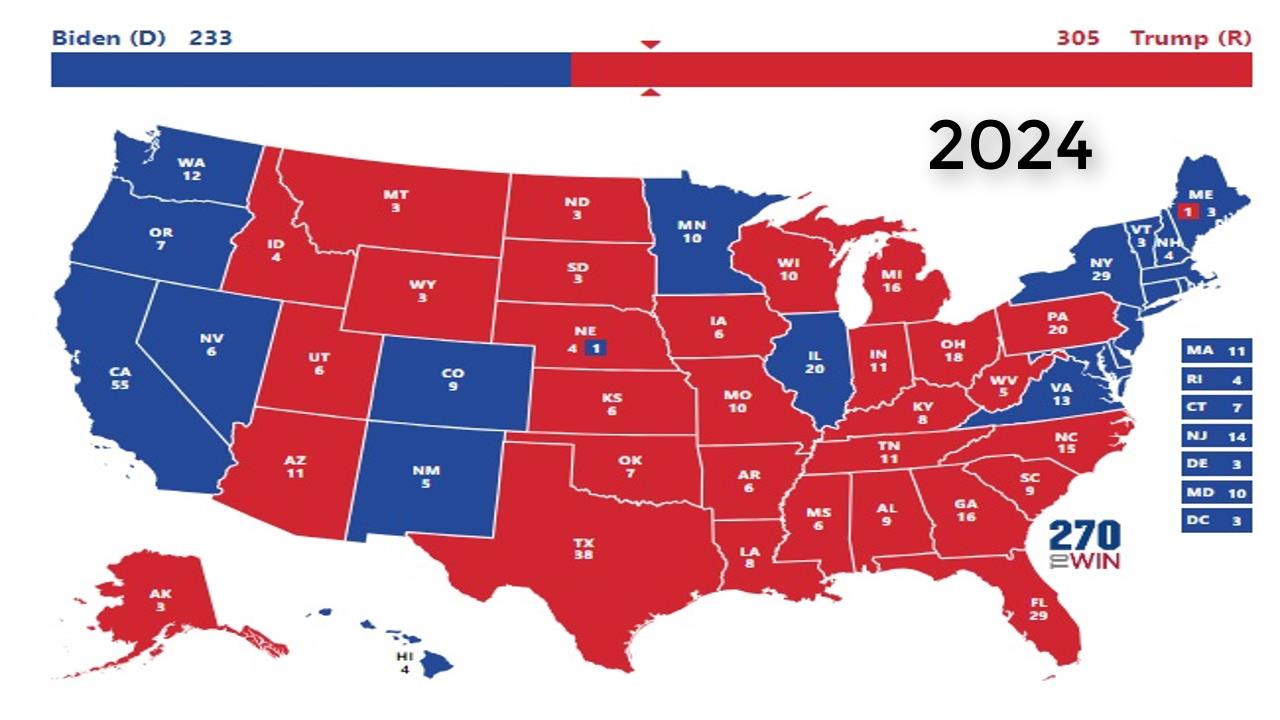Video:
Take our online poll:
AI Analysis:
The accuracy of political polling can vary widely depending on several factors, including the methodology used, the timing of the poll, the sample size, and the complexity of the political landscape. Here are some key considerations:
1) Methodology: The method used to conduct the poll can significantly impact its accuracy. Telephone polls, online surveys, and in-person interviews all have their strengths and weaknesses. Telephone polls, for instance, may not capture the opinions of people who primarily use mobile phones. Online surveys may not reach those who do not have internet access.
2) Sampling: The quality and representativeness of the sample are crucial. Polls that use random sampling methods tend to be more accurate because they avoid selection bias. A small, unrepresentative sample can lead to inaccurate results. Pollsters often use weighting techniques to adjust for demographic imbalances in their samples.
3) Timing: The timing of a poll is critical, especially in fast-moving political environments. Public opinion can shift rapidly, and polls conducted weeks or months before an election may not reflect the final outcome.
4) Margin of Error: All reputable polls include a margin of error, which reflects the range within which the true population value is likely to fall. Understanding and interpreting this margin of error is important in assessing poll accuracy.
5) Response Rates: Declining response rates in surveys can pose challenges to poll accuracy. Low response rates may result in non-response bias if the people who do not respond have different views than those who do.
6) Complexity of Issues: Some political issues are more straightforward and predictable than others. Polls about simple topics may be more accurate than those dealing with complex, nuanced issues.
7) Non-Sampling Errors: Polls can also be affected by non-sampling errors, such as question wording, question order, and interviewer effects. These factors can introduce bias into the results.
8) Forecasting vs. Snapshot: Polls that aim to forecast election outcomes are different from those that provide a snapshot of current public opinion. Forecasting polls may involve more assumptions and can be subject to additional sources of error.
It's important to consider these factors when interpreting political polls. Polls can provide valuable insights into public opinion, but they are not infallible, and there are inherent limitations. For this reason, reputable polling organizations often conduct multiple polls, use rigorous methodology, and provide transparency about their methods and results. It's also wise to consider an aggregate of multiple polls to get a more comprehensive view of public opinion, as individual polls can vary in their accuracy.
Chart:

References:


Comments